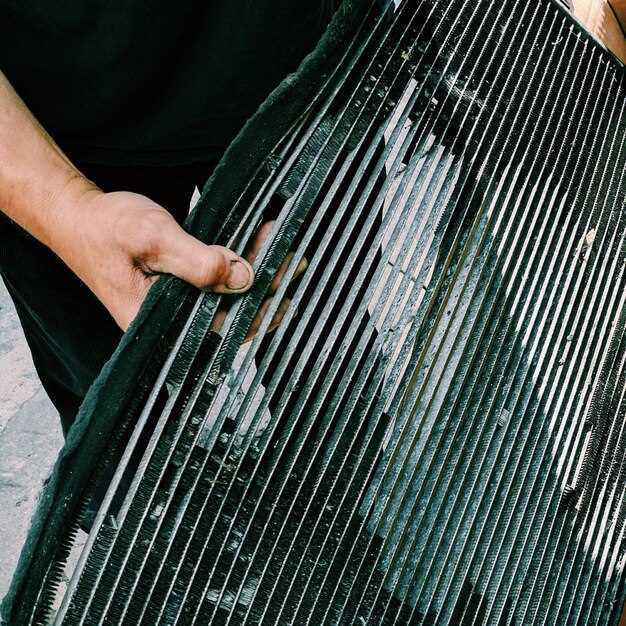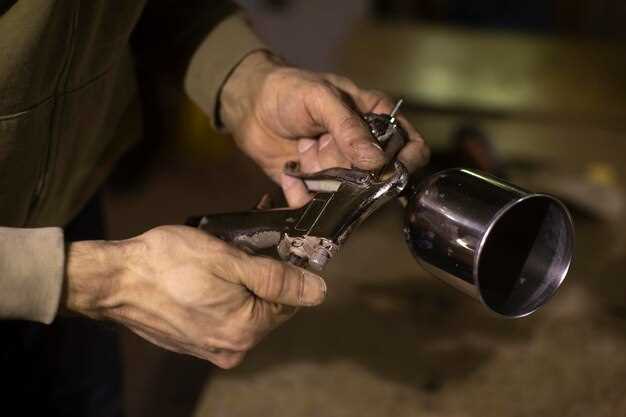How to Repair Classic Car Bodywork

Restoring classic cars is a labor of love that requires an understanding of both the vehicle’s heritage and the techniques necessary for effective bodywork repair. Classic automobiles often have unique body shapes and materials that demand specialized skills and knowledge. Over time, these vintage vehicles may suffer from rust, dents, and other damages, making it essential for enthusiasts and restorers to master the art of bodywork restoration.
There are various techniques used in the field of classic car bodywork repair. Metalworking skills, such as metal shaping and welding, play a crucial role in addressing issues like rust holes or panel misalignment. Understanding the properties of the specific metals used in classic cars, whether steel, aluminum, or a combination, can greatly influence the repair process. Additionally, the use of modern technologies, such as spot welding and panel beating, can enhance the structural integrity of body panels while preserving the vehicle’s original look.
Another vital aspect of classic car bodywork is the finishing process, which includes priming, painting, and applying protective coatings. Achieving a flawless finish requires a keen eye for detail and knowledge of paint types that were commonly used during the era when the car was manufactured. From selecting the right color to ensuring proper adhesion and gloss, the finishing touches are just as critical as the underlying repairs.
Assessing and Identifying Common Bodywork Issues

When restoring classic cars, the first step is a thorough assessment of the bodywork. Identifying common issues early can save time and costs in the long run. Assess the vehicle’s exterior for visible damage, such as dents, scratches, and rust. These surface imperfections often indicate underlying problems that may require more extensive repairs.
Pay close attention to rust, which is a prevalent issue with classic bodywork. Inspect areas prone to moisture retention, such as wheel wells, door sills, and undercarriage. Rust can compromise structural integrity, making it imperative to treat or replace affected sections promptly. Using a magnet can help distinguish between original metal and areas filled with body filler, as rusted areas may have been repaired poorly in the past.
In addition to rust, check for paint damage, which can signify more profound issues. Paint cracking or peeling often points to inadequate preparation during previous repairs or hidden rust beneath the surface. Understanding the quality and age of existing paint will inform whether a complete repainting is necessary.
Another common issue to identify is misalignment in doors, hoods, and fenders. Gaps that are inconsistent can reveal past accidents or improper fittings. Evaluating the alignment can help in determining whether the bodywork has been compromised, necessitating adjustments or replacements of components.
Lastly, examine the vehicle’s frame for bends or distortions. A compromised frame can lead to alignment issues and uneven tire wear. Using a frame straightening tool may be required if significant damage is identified. Proper assessment is essential for planning a successful restoration that preserves the integrity and value of the classic car.
Restoration Methods for Rusted and Dented Panels
Restoring classic car bodywork often involves addressing rusted and dented panels. These issues require careful attention to ensure the integrity and aesthetics of the vehicle are preserved. Effective repair techniques vary based on the severity of the damage.
For rusted panels, the initial step is to assess the extent of the corrosion. Surface rust can often be treated by sanding down the affected area to bare metal, followed by the application of a rust-inhibiting primer. In cases of more severe rust, it may be necessary to cut out the damaged section and weld in a new patch panel, ensuring a seamless repair.
Before welding, proper preparation is essential. This includes cleaning the surfaces to remove any contaminants and using a suitable welding method, such as MIG welding for thin metal. After welding, the area should be ground smooth and treated with a corrosion-resistant coating to prevent future rust.
Dented panels require a different approach. The most common technique involves using a body hammer and dolly set to gently manipulate the metal back into shape. For deeper dents, a process known as paintless dent repair (PDR) can be effective. PDR involves using specialized tools to push the metal from behind the dent, maintaining the original paint finish.
In instances where the paint is cracked or peeling, it may be necessary to refinish the panel after repair. This involves sanding the area smooth, applying primer, and then finishing with a matching paint. Clear coat restoration can also enhance the appearance and protect against future damage.
Ultimately, each restoration method requires skill and patience. Proper techniques not only restore the functionality of classic car bodywork but also help maintain the vehicle’s historical value. Attention to detail during the repair process is crucial for achieving a high-quality finish.
Finishing Touches: Painting and Protecting Repaired Surfaces

After completing the initial repairs on classic car bodywork, the next crucial step is the painting and protecting of the repaired surfaces. This phase is essential to ensure the longevity of the repairs and to restore the aesthetic appeal of the vehicle.
Starting with surface preparation is vital. Even after repairs, surfaces should be sanded and cleaned thoroughly to remove any dust, grease, or imperfections. This step ensures that the paint adheres properly and provides a smooth finish. Using a high-grit sandpaper can help in achieving a seamless transition between repaired and original areas.
Once the surface is clean and smooth, it’s time to apply a primer. A high-quality primer acts as a bonding agent that enhances the adhesion of the topcoat while adding a layer of protection against moisture and rust. For classic cars, selecting a primer that matches the original paint type is recommended to maintain authenticity.
When selecting paint, it is important to choose a high-quality automotive paint that matches the classic car’s original color and finish. Many classic car enthusiasts prefer using single-stage or base coat/clear coat systems. The base coat provides the color, while the clear coat adds depth and protection, ensuring that the repaired surfaces not only look good but are also well protected from the elements.
Application techniques play a significant role in achieving a flawless finish. Utilizing a spray gun for even distribution is advisable, and applying multiple thin coats will help avoid runs and drips. Allow each coat to dry adequately between applications to build a robust and glossy finish.
After the paint has cured, applying a protective sealant or wax can enhance the shine and provide additional protection against environmental factors such as UV rays, rain, and dirt. Regular maintenance, including washing and reapplying wax, will ensure the repaired surfaces remain in excellent condition over time.
By focusing on these finishing touches, classic car enthusiasts can ensure that their repairs not only restore the vehicle’s original beauty but also extend its lifespan, preserving it for future enjoyment.



